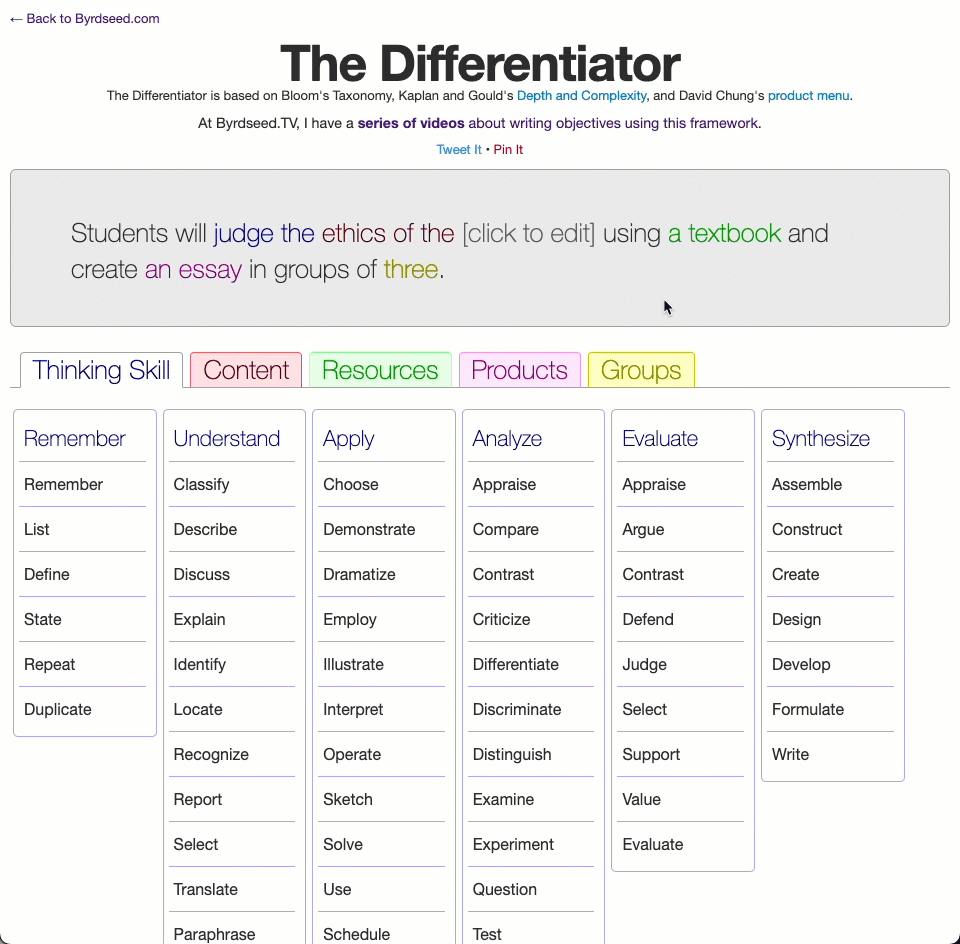Connie Hamilton at Cult of Pedagogy shares some simple changes that teachers can apply to enhance group work.
Create groups for different activities ahead of time, so that the groups are more aligned with the instructional goals of the learning activity.:
Try using Clock Partners to organize multiple pairings. Here’s how it works: Students make “appointments” with different peers at specific times. Then, when the teacher announces they should join their 3:00 partner, the pairings are already predetermined. Only you know that the 12 o’clock partner is a reading buddy, while the 6 o’clock partner considers how introverted or extraverted students are.
How to respond to student questions during a group activity:
During collaborative learning, the goal is for students to learn from and with one another — not you. Students already know you’re the safety net. Ideally, we provide other options — such as appropriate tools, access to a text, sufficient or additional time, and opportunity to collaborate — that help them persevere through productive struggle before asking you for help. So for goodness sake, don’t front load an invitation to seek you out at the first sign of difficulty by announcing, “If you need help, just raise your hand and I’ll come over.” Just think for a moment what this communicates and encourages.
Encourage students to apply critical thinking and problem solving skills to find the answers themselves:
One way to accomplish this is to respond to their question with a question that prompts reflection or metacognition (see examples above). Answering questions with a question bounces the responsibility off of you and back on to them.
Of course, what you say is as important as how you say it. Cynical or sarcastic tones, when posing questions, can break down your relationship with students. Be sure your questions are delivered in a positive and productive way that strives to encourage students to activate their empowerment.
Allow students to collaborate without interruption:
The gradual release of responsibility (GRR) is often referred to by its “I do, We Do, You Do” parts. Every time you approach a group and ask them how it’s going, you effectively jolt them from the “You Do” part into the “We Do” phase of GRR. Unless you have a need to abruptly stop their learning progress and have them repeat what they’ve already done or learned, don’t. Stay invisible by listening from a short distance to hear and observe how students are doing rather than interrupting them.
Group work is a powerful strategy to promote student learning, engagement, and social skills. However, it can also be challenging to implement effectively. These tips will help you make group work more productive and beneficial for you and your students.

